Mount Rushmore: A Monumental Vision – Unveiling America’s Presidential Pantheon
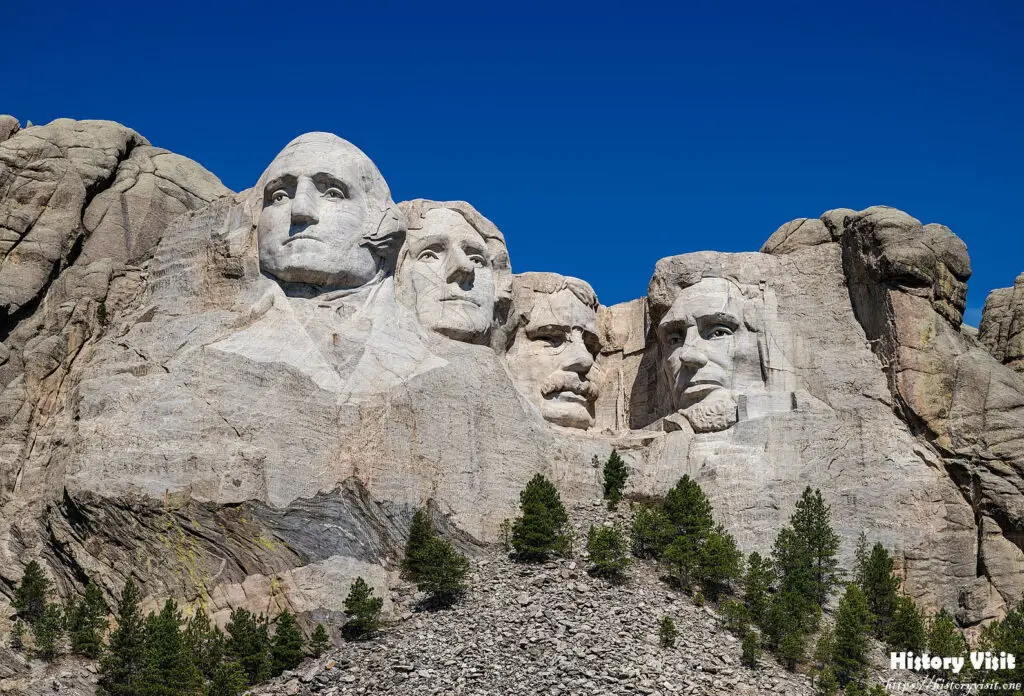
Introduction
Mount Rushmore stands as a testament to the ambitious spirit and artistic prowess of its creators, Gutzon Borglum and his son Lincoln Borglum. Nestled amidst the serene landscape of South Dakota, USA, this iconic monument has etched itself into the fabric of American identity since its completion in 1941. But behind its grandeur lies a tale of determination, innovation, and controversy that shaped its creation.
Gutzon Borglum, a renowned sculptor with a penchant for grandiose projects, conceived the idea of carving the likenesses of four iconic American presidents into the rugged granite face of Mount Rushmore. With the assistance of his son Lincoln Borglum, he embarked on a monumental endeavor that would come to symbolize the nation’s ideals and aspirations. Their collaboration brought forth not just a sculpture, but an enduring symbol of American resilience and ingenuity.
As Mount Rushmore emerged from the rugged Black Hills of South Dakota, it became more than just a work of art; it became a pilgrimage site for millions, a testament to the American dream, and a canvas upon which the nation projected its hopes and ideals. Yet, beneath its serene facade, Mount Rushmore harbors complexities and controversies that continue to provoke debate and reflection to this day.
Genesis of the Project
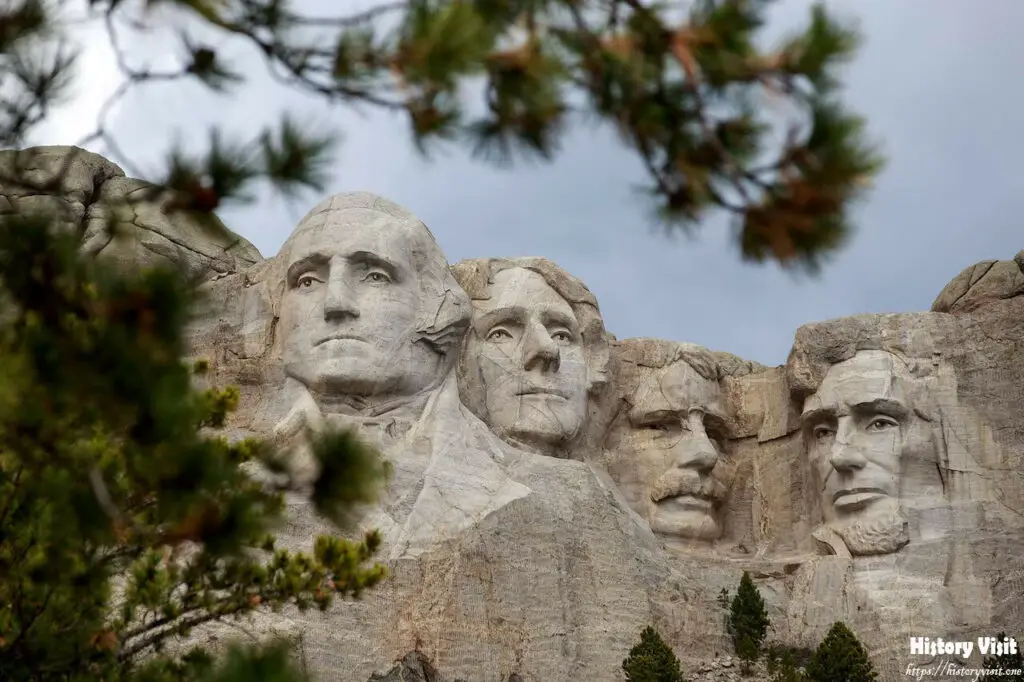
The genesis of the Mount Rushmore project can be traced back to the early 1920s when Gutzon Borglum conceived the audacious idea of sculpting the likenesses of iconic American presidents into the granite cliffs of the Black Hills. Borglum, a visionary artist with a penchant for large-scale projects, saw Mount Rushmore as the perfect canvas for his ambitious vision. Situated in South Dakota, the mountain offered not only a majestic backdrop but also a symbolic location in the heart of America.
However, the project faced initial skepticism and challenges. Opposition arose from various quarters, including environmentalists concerned about the impact on the pristine Black Hills landscape and Native American groups who viewed the mountain as sacred territory. Despite these obstacles, Borglum’s vision prevailed, and with the support of government funding and private donors, the project commenced in 1927.
The selection of the four presidents—George Washington, Thomas Jefferson, Abraham Lincoln, and Theodore Roosevelt—was deliberate, representing key moments in American history and embodying the nation’s ideals of democracy, independence, and progress. As work began on carving the monumental faces, Mount Rushmore captured the imagination of the American public and became a symbol of national pride and unity.
The Visionary Artists
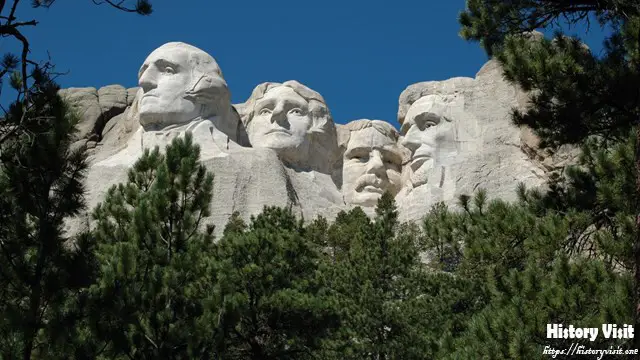
Gutzon Borglum, the mastermind behind Mount Rushmore, was a larger-than-life figure whose artistic vision and determination propelled the project forward. Born in 1867, Borglum had established himself as one of America’s foremost sculptors, renowned for his monumental works celebrating American history and heritage. His son, Lincoln Borglum, shared his father’s passion for sculpting and played a crucial role in bringing Mount Rushmore to fruition.
Collaboration between father and son was integral to the success of the project. While Gutzon provided the artistic vision and direction, Lincoln oversaw the day-to-day operations, managing a team of skilled workers and engineers. Their partnership combined artistic ingenuity with practical expertise, ensuring that Mount Rushmore would become a lasting testament to their shared legacy.
Despite their artistic achievements, the Borglums were not without controversy. Gutzon’s larger-than-life persona sometimes clashed with collaborators and funders, while Lincoln faced criticism for his management style and handling of project finances. Yet, their dedication to Mount Rushmore never wavered, and their combined efforts resulted in one of America’s most iconic landmarks.
The Borglums’ legacy extends far beyond Mount Rushmore. Their artistic vision and technical innovation paved the way for future generations of sculptors and inspired countless Americans to pursue their own creative aspirations. Today, Mount Rushmore stands as a testament to their enduring legacy, a monument to the power of art to shape history and inspire generations to come.
Carving the Mountain
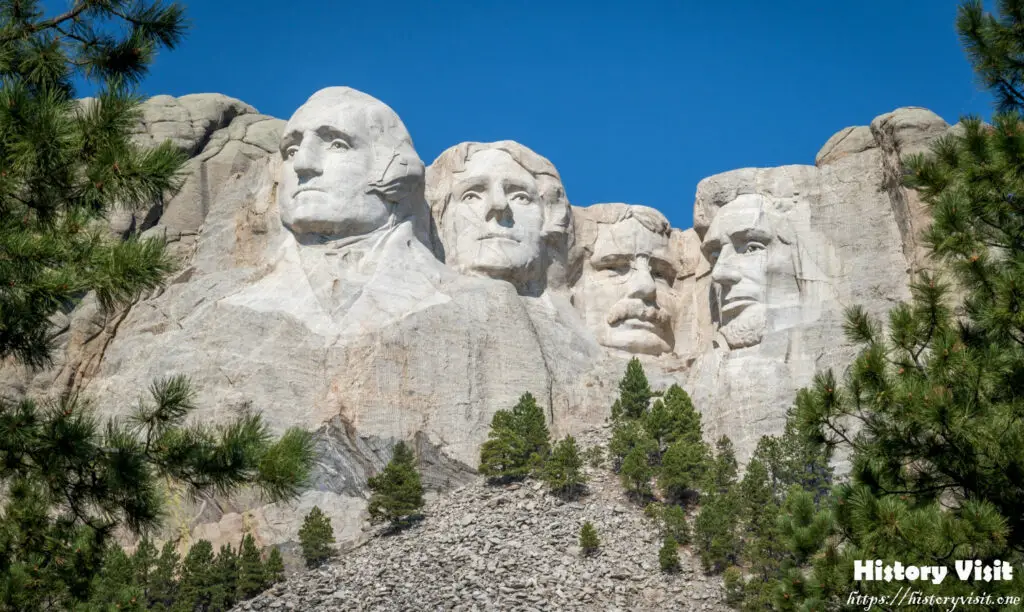
Carving Mount Rushmore was a monumental task that required innovative techniques, skilled labor, and unwavering determination. Gutzon Borglum’s vision was ambitious: to create larger-than-life sculptures of four iconic American presidents, each measuring 60 feet in height, on the granite face of the mountain. Achieving this feat would require overcoming significant engineering challenges and logistical hurdles.
One of the most remarkable aspects of the project was the innovative techniques employed by Borglum and his team. Using dynamite, jackhammers, and pneumatic drills, they painstakingly removed tons of rock to carve the intricate details of the presidents’ faces. Each step of the process required meticulous planning and precision to ensure the accuracy of the final sculptures.
Despite the technological advancements of the time, the carving of Mount Rushmore was not without its challenges. Harsh weather conditions, including extreme temperatures and frequent storms, posed a constant threat to the safety of the workers and the stability of the mountain. Additionally, funding shortages and political disputes threatened to derail the project at various points.
Nevertheless, Borglum’s unwavering determination and the dedication of his team ensured that progress continued, albeit at a slower pace than initially anticipated. Milestone achievements, such as the completion of George Washington’s face in 1934 and the unveiling of Thomas Jefferson’s face in 1936, bolstered public enthusiasm and renewed support for the project.
Symbolism and Significance
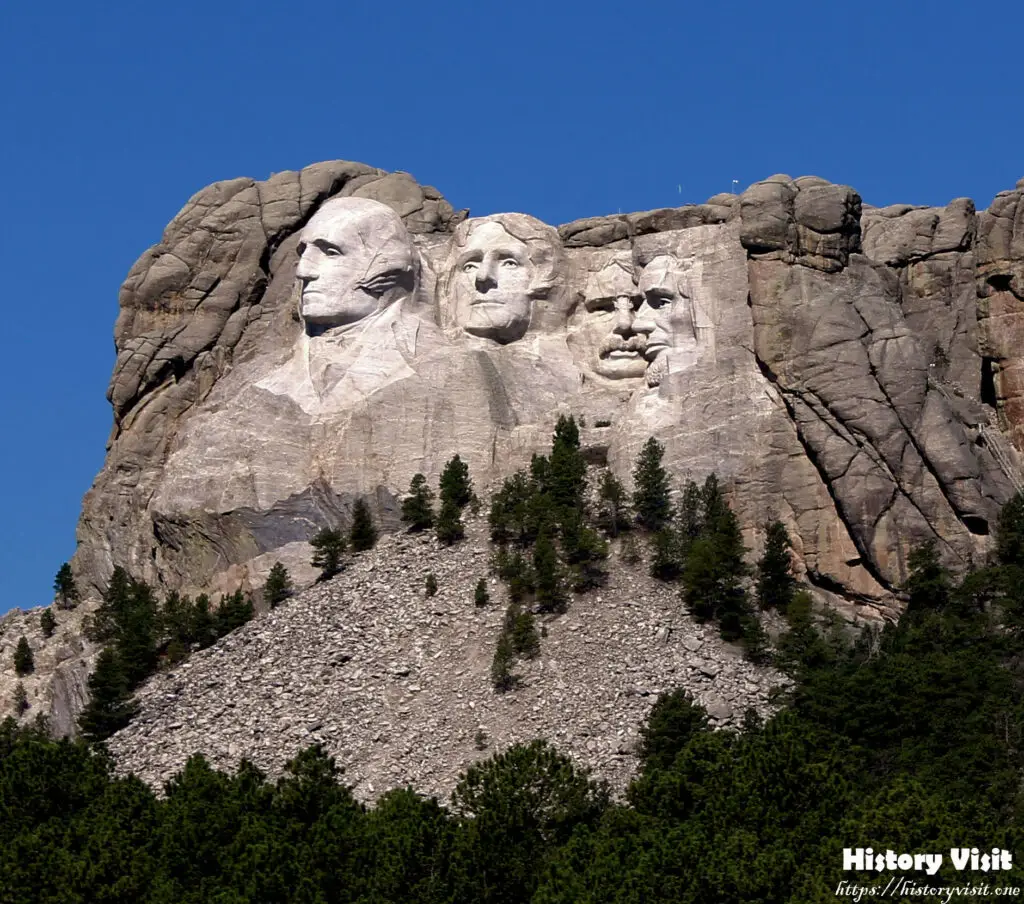
The choice of presidents for Mount Rushmore was not arbitrary; each figure was selected for their pivotal role in shaping American history and embodying the nation’s core values. George Washington, the first president, symbolized the birth of American democracy and the struggle for independence. Thomas Jefferson, author of the Declaration of Independence, represented the ideals of liberty and equality.
Abraham Lincoln, the Great Emancipator, stood as a beacon of hope during the Civil War and championed the cause of freedom for all Americans. Theodore Roosevelt, a visionary leader and conservationist, embodied the spirit of progress and stewardship of the natural environment. Together, these four presidents formed a pantheon of American greatness, inspiring future generations to strive for excellence and uphold the principles of democracy.
Mount Rushmore’s significance extends beyond its representation of presidential leadership; it serves as a symbol of national identity and unity. For millions of Americans, the monument embodies the ideals of freedom, democracy, and opportunity that define the American experience. Its majestic presence in the heart of the Black Hills has made it a pilgrimage site for visitors from around the world, drawn by its grandeur and historical significance.
Yet, Mount Rushmore’s symbolism is not without controversy. Critics argue that the monument glosses over the darker chapters of American history, including the displacement and marginalization of Native American tribes. For indigenous peoples, the carving of Mount Rushmore represents a desecration of sacred land and a painful reminder of historical injustices. These tensions highlight the complex and often fraught relationship between America’s past and present.
Completion and Legacy
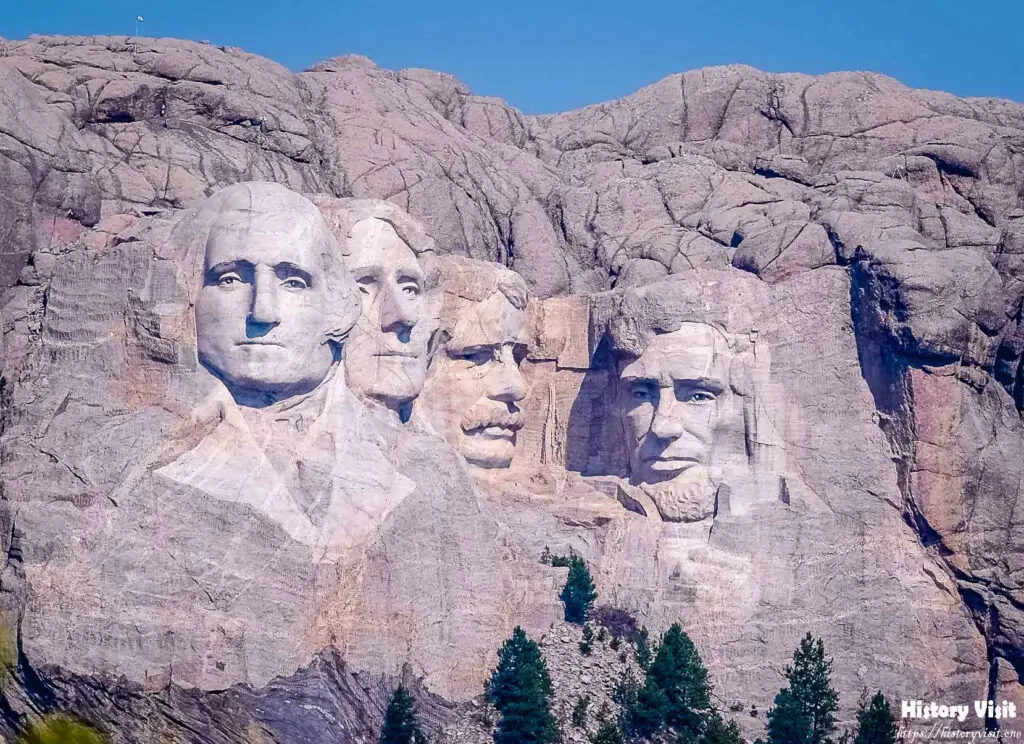
vision was realized. The completion of Mount Rushmore marked not only the culmination of a monumental artistic endeavor but also the beginning of its enduring legacy. As one of America’s most iconic landmarks, Mount Rushmore has left an indelible imprint on the nation’s cultural landscape and continues to inspire awe and admiration from visitors around the world.
The legacy of Mount Rushmore extends beyond its physical presence as a tourist attraction; it embodies the spirit of American exceptionalism and resilience. For generations of Americans, the monument symbolizes the nation’s triumph over adversity and its ability to overcome seemingly insurmountable challenges. As a testament to the ingenuity and determination of its creators, Mount Rushmore serves as a source of national pride and unity, reminding us of what can be achieved through collective effort and vision.
Furthermore, Mount Rushmore has had a profound impact on the local economy and tourism industry in South Dakota. Each year, millions of visitors flock to the Black Hills region to marvel at the iconic sculptures and explore the natural beauty of the surrounding landscape. The monument has become a cornerstone of the state’s identity, attracting visitors from across the country and around the world, and providing an economic lifeline for local businesses and communities.
However, Mount Rushmore’s legacy is not without controversy. Critics argue that the monument’s celebration of presidential leadership overlooks the contributions and struggles of marginalized groups, including Native American tribes whose land was forcibly taken to create the monument. The ongoing debate over Mount Rushmore’s symbolism underscores the complex and often fraught relationship between history, memory, and national identity in America.
Despite these challenges, Mount Rushmore endures as a symbol of American greatness and a testament to the enduring power of art to shape our understanding of the past and inspire future generations. As we reflect on its completion and legacy, we are reminded of the values and ideals that unite us as a nation and the ongoing quest to build a more perfect union. In the shadow of Mount Rushmore, we find not only a tribute to our past but also a beacon of hope for the future.
Controversies and Critiques
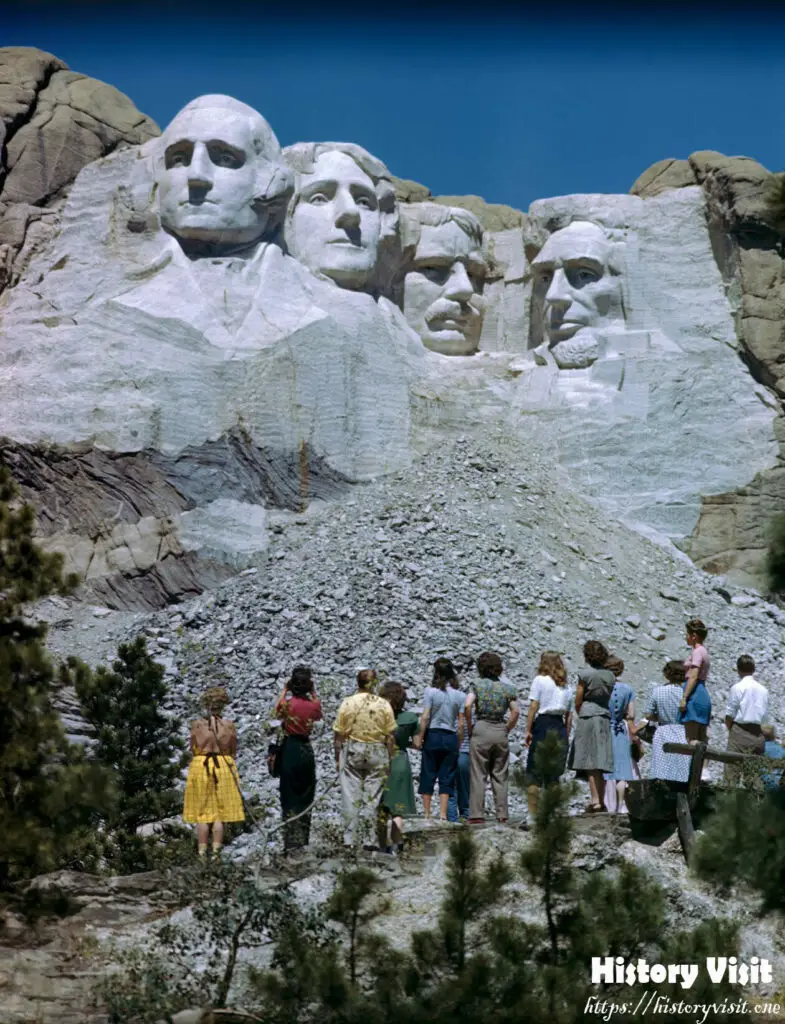
Mount Rushmore, despite its iconic status as a symbol of American pride and achievement, has been a subject of controversy and critique since its inception. From concerns about indigenous land rights to debates over representation and historical memory, the monument has sparked complex and often heated discussions about its meaning and significance.
One of the most persistent critiques of Mount Rushmore is its impact on indigenous peoples and their ancestral lands. The Black Hills, where the monument is located, hold deep spiritual and cultural significance for several Native American tribes, including the Lakota Sioux. The carving of Mount Rushmore on this sacred land has been condemned as an act of cultural appropriation and desecration, representing a painful reminder of centuries of colonization and dispossession.
Environmentalists have also raised concerns about the ecological impact of Mount Rushmore and the surrounding area. The construction of the monument required extensive deforestation and excavation, altering the natural landscape and disrupting fragile ecosystems. Additionally, the influx of tourists to the region has led to increased pollution and habitat destruction, threatening the delicate balance of flora and fauna in the Black Hills.
Furthermore, Mount Rushmore has been criticized for its narrow representation of American history and leadership. While the four presidents depicted on the monument played significant roles in shaping the nation, their selection overlooks the contributions of other historical figures, particularly women, people of color, and members of marginalized communities. This lack of diversity has fueled calls for greater inclusivity and representation in public art and commemorative spaces.
Despite these controversies and critiques, Mount Rushmore remains a powerful symbol of American identity and aspiration. Its towering sculptures serve as a reminder of the nation’s achievements and ideals, while also prompting important conversations about the complexities of history and heritage. As we grapple with the legacy of Mount Rushmore, we are challenged to confront the uncomfortable truths of our past and strive for a more inclusive and equitable future.
Conclusion
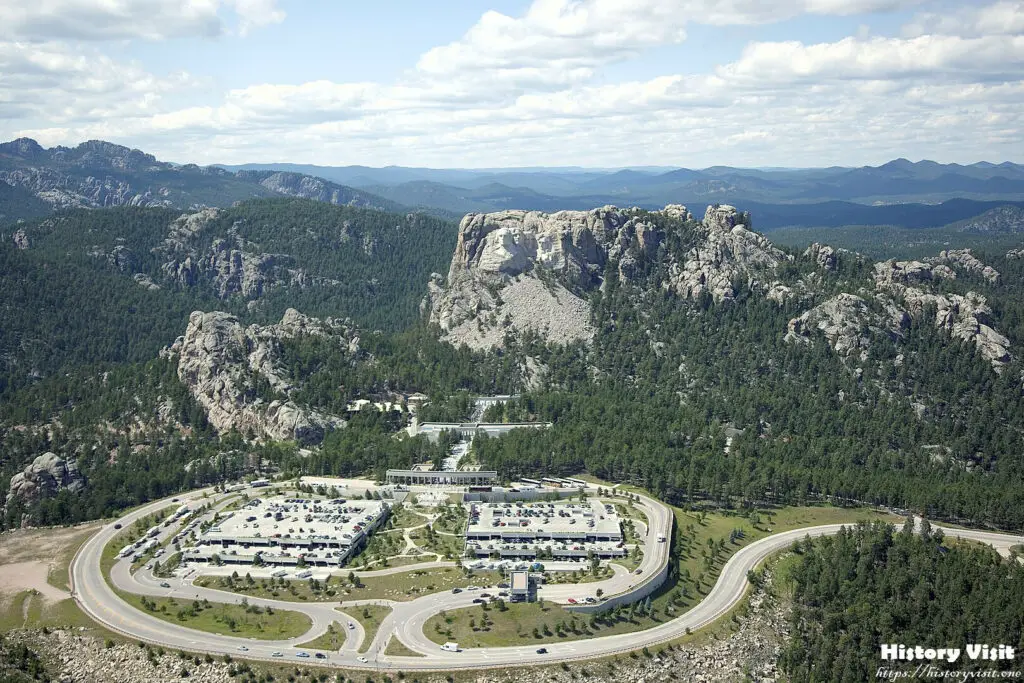
Mount Rushmore stands as a monument to the ambition, creativity, and perseverance of its creators, Gutzon Borglum and his son Lincoln Borglum. From its humble beginnings as an audacious vision to its completion as one of America’s most iconic landmarks, Mount Rushmore has captured the imagination of millions and left an indelible mark on the nation’s cultural landscape.
Despite its grandeur, Mount Rushmore is not without controversy. From concerns about indigenous land rights to debates over representation and historical memory, the monument has sparked complex and often contentious discussions about its meaning and significance. These controversies remind us of the importance of acknowledging and reckoning with the complexities of our shared history, even as we celebrate our achievements.
Yet, for all its flaws and contradictions, Mount Rushmore endures as a symbol of American greatness and resilience. Its towering sculptures serve as a tribute to the ideals of democracy, freedom, and progress that have guided the nation since its founding. As we reflect on the completion and legacy of Mount Rushmore, we are reminded of the power of art to shape our understanding of the past and inspire us to strive for a better future.
In the shadow of Mount Rushmore, we find not only a monument to the past but also a beacon of hope for the future. As we continue to grapple with the complexities of our history and identity, may we draw inspiration from the spirit of innovation and determination that brought Mount Rushmore into being. And may we strive to build a more inclusive and equitable society that honors the diverse contributions of all who call America home.


